
Introduction – conquering the stairway to heaven!
Nestled amidst the mighty peaks of the Himalayas lies the breathtaking Annapurna Base Camp, a sanctuary for adventurers seeking an unparalleled trekking experience. This iconic trek in Nepal is renowned for its stunning vistas, diverse landscapes, and rich cultural encounters, making it a bucket-list destination for outdoor enthusiasts worldwide.
The Annapurna Base Camp trek, also known as the Stairway to heaven, offers an immersive journey through some of the most spectacular terrain on Earth. From lush forests and cascading waterfalls to rugged mountain passes and pristine alpine meadows, every step on this trail unveils a new chapter of natural wonders. And of course, there are the stairs . . .
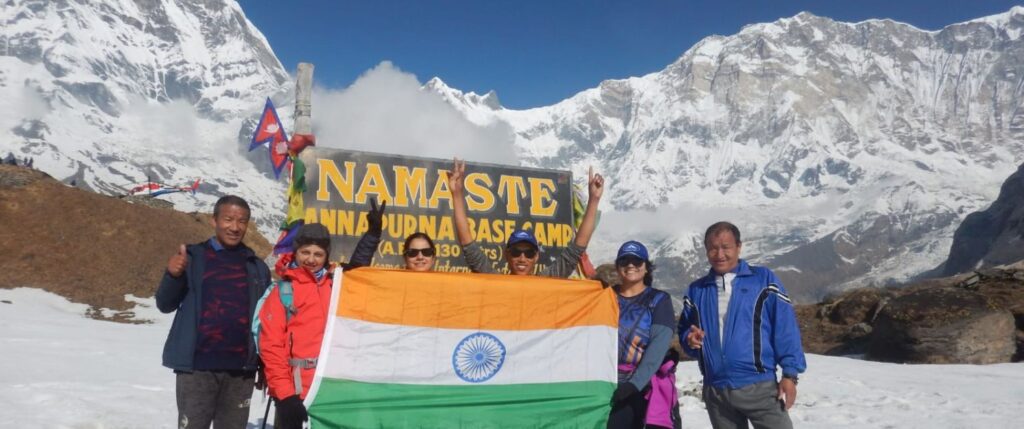
This blog aims to guide and inspire fellow trekkers. We hope to delve into the essence of the Annapurna Base Camp trek and prepare you for the journey. Whether you’re a seasoned hiker seeking a new challenge or a novice adventurer craving an unforgettable experience, join us as we embark on this epic journey through the heart of the Himalayas.
So, you’re itching for a challenge? Look no further than the Annapurna Base Camp trek! With its dizzying altitudes, rugged terrain, and unpredictable weather, this trek is not for the faint of heart. But fear not, fellow adventurers – with Adventure Pulse by your side, you’ll be conquering mountains like a pro in no time.
How hard is the Annapurna Base Camp ?
Here are some factors to consider regarding the difficulty of the Annapurna Base Camp trek:
Altitude: The trek reaches altitudes of up to 4,130 meters (13,550 feet) at the Annapurna Base Camp. Altitude sickness can affect trekkers at these elevations, so it’s important to acclimatize properly and listen to your body.
Terrain: The trail consists of a variety of terrain including steep ascents, descents, rocky paths, and some narrow sections. Trekkers should be prepared for uneven and challenging terrain.
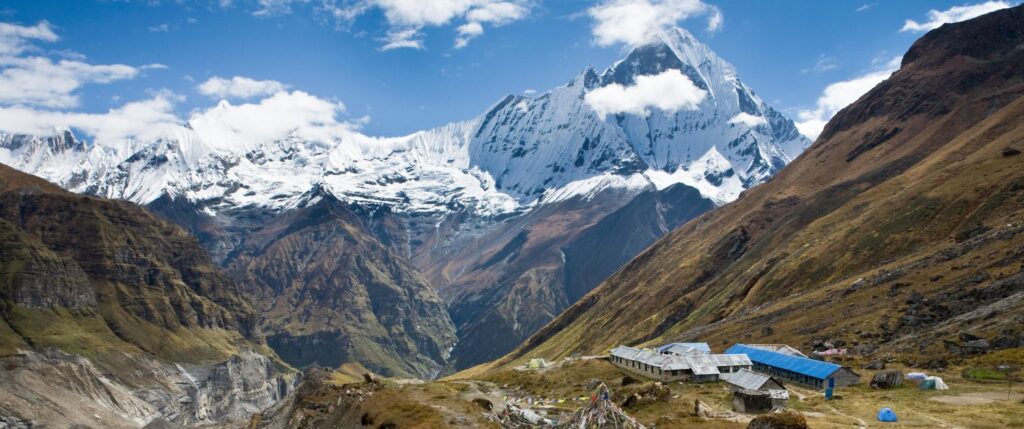
Duration: The trek typically takes around 7 to 12 days to complete, depending on the chosen route and itinerary. Long days of hiking and multiple consecutive days of trekking can be physically demanding.
Weather: Weather conditions in the Himalayas can be unpredictable, with cold temperatures, rain, and snow possible at higher elevations. Trekkers should be prepared for a range of weather conditions and dress accordingly.
Fitness: While no technical climbing skills are required for the Annapurna Base Camp trek, a reasonable level of fitness is necessary to handle the physical demands of hiking at altitude for multiple days.
Overall, while the Annapurna Base Camp trek is challenging, it is also achievable for most reasonably fit individuals with proper preparation, training, and acclimatization. It’s important to pace yourself, stay hydrated, listen to your body, and take breaks as needed during the trek.
Forget five-star hotels – on the Annapurna Base Camp trek, we’re all about cozying up in tea houses nestled amidst the mountains. These charming lodges offer a warm refuge for weary trekkers, with basic amenities and a heaping dose of Nepali hospitality. The first thing to remember is that Tea houses are Homes and NOT Hotels. Tea houses are small lodges or guesthouses that are commonly found along trekking routes in Nepal, including popular trails like the Annapurna Base Camp trek. They serve as accommodation for trekkers, providing basic amenities such as a bed, food, and sometimes hot showers. These initially started off as Home stays and over the years have evolved to provide more comfort for trekkers to ease the journey to Annapurna Base Camp.
What are Tea Houses and what is it like staying in one?

Here’s what it’s like staying in a tea house along the Annapurna Base Camp trek:
Basic Accommodation: Tea houses offer simple accommodation with basic amenities. Rooms typically consist of a bed or sleeping mat with blankets or sleeping bags. Some tea houses may have shared rooms, while others offer private rooms for an additional cost.
Communal Dining Area: Most tea houses have a communal dining area where trekkers gather for meals. This is a great opportunity to meet other travelers, share stories, and exchange tips about the trek.
Meals: Tea houses provide meals for trekkers, including breakfast, lunch, and dinner. The menu usually includes a variety of Nepali and international dishes such as dal bhat (rice and lentils), noodles, soups, and momos (dumplings). Meals are often hearty and filling, providing much-needed energy for trekking.
Hot Showers and Toilets: Some tea houses offer hot showers for an additional fee, while others may have shared bathroom facilities with cold showers. Toilets are typically squat toilets or basic western-style toilets.
Electricity and Charging: Many tea houses have electricity, but it may be limited to certain hours of the day or available only in common areas. Some tea houses also offer charging facilities for electronic devices, often for an additional fee.
Hospitality: Tea house owners and staff are known for their warm hospitality and welcoming demeanor. They go out of their way to make trekkers feel comfortable and ensure they have a pleasant stay.
Picture this: after a long day on the trail, you kick off your boots and settle into your humble abode for the night. With a steaming bowl of dal bhat in hand and a cozy bed to sink into, you’ll feel right at home in these mountain retreats. And who knows? You might even make some new friends over a cup of chai or two!
Toilet & Bathing Facilities:
Along the Annapurna Base Camp trek, the toilet and bathing facilities vary depending on the tea house or lodge you stay in. Here’s what you can generally expect:
Toilets: Tea houses typically have basic toilet facilities, which can range from squat toilets to western-style toilets. Squat toilets are more common in rural areas of Nepal, including along trekking routes. These toilets consist of a hole in the ground with ceramic footrests on either side for squatting. They may or may not have a flushing mechanism, and toilet paper is usually not provided. It’s advisable to carry your own toilet paper or tissues. Western-style toilets are becoming more common in tea houses along popular trekking routes like the Annapurna Base Camp trek. These toilets resemble toilets found in Western countries, with a seat and flushing mechanism. However, they may still be basic and may not always have running water for flushing.
Bathing Facilities: Tea houses typically offer bathing facilities, although they can vary in terms of availability and amenities. Hot showers are available in some tea houses, while others may have only cold showers or bucket showers. Hot showers are usually provided using solar panels or gas heaters, and they may be available for an additional fee. In some cases, you may need to request hot water in advance, as it may take time to heat up. Cold showers are more common in tea houses that do not have hot water facilities. These showers consist of a bucket or tap with cold water, and you can use a bucket to pour water over yourself for bathing.
It’s important to note that bathing facilities in tea houses are basic, and you may need to adjust your expectations accordingly. Additionally, water availability may be limited, especially in remote areas, so it’s advisable to conserve water during your trek.
Overall, while the toilet and bathing facilities in tea houses along the Annapurna Base Camp trek may be basic, they are sufficient for trekkers’ needs. It’s important to be prepared for different types of facilities and to maintain a flexible and adaptable mindset while trekking in remote mountain regions.
What about the communication channels, such as WIFI, Mobile and Internet connections?
Wifi and internet facilities along the Annapurna Base Camp trek are available in some tea houses and lodges, but they are generally limited and can be unreliable. Here’s what you can expect regarding wifi and internet access during the trek:
Availability: Wifi and internet facilities are more commonly available in tea houses located in larger villages and towns along the trekking route, such as Ghorepani, Chhomrong, and Tadapani. However, in more remote and higher altitude areas, such as Machapuchare Base Camp and Annapurna Base Camp itself, wifi and internet access may be scarce or nonexistent.
Reliability: Even in tea houses with wifi, the internet connection can be slow, intermittent, or unreliable due to various factors such as weather conditions, technical issues, or limited bandwidth. Don’t expect to have high-speed internet access comparable to urban areas.
Cost: In tea houses where wifi is available, there may be a fee for accessing the internet. The cost can vary depending on the tea house and may be charged on an hourly or per-device basis.
Usage Restrictions: In some cases, tea house owners may impose restrictions on internet usage, such as limiting access to certain websites or applications, to conserve bandwidth and ensure fair usage for all guests.
Mobile Data: Along the trekking route, especially in lower altitude areas and larger villages, you may be able to access mobile data services through local telecom providers. However, mobile network coverage can be patchy and unreliable in remote and mountainous regions.
Overall, while wifi and internet facilities are available in some tea houses along the Annapurna Base Camp trek, trekkers should be prepared for limited and unreliable connectivity. It’s advisable to inform friends and family beforehand about potential communication challenges and to plan accordingly for staying connected during the trek.
In a world where connectivity is king, staying connected in the wild can be a bit of a challenge. But fear not, tech-savvy trekkers – Adventure Pulse has got you covered! While wifi and internet facilities along the Annapurna Base Camp trek may be limited, we’ll show you how to stay connected (and entertained) with some good old-fashioned face-to-face conversation and a healthy dose of mountain magic.
What is the Trail like?

Last but not least, let’s talk about the trail itself. From lush forests to high alpine meadows, the Annapurna Base Camp trek offers a diverse and stunning landscape that will leave you breathless (in more ways than one). With Adventure Pulse as your guide, you’ll navigate steep ascents, rocky terrain, and everything in between as you trek your way to the top. The Annapurna Base Camp trek offers a diverse and stunning trail that takes trekkers through a variety of landscapes, from lush forests to high alpine meadows, culminating in the awe-inspiring amphitheater of the Annapurna Sanctuary. Here’s a general overview of what the trail is like:
Starting Point: The trek usually begins in the lakeside city of Pokhara, a popular tourist destination in Nepal. Trekkers then drive Tikhedhunga or Ulleri, which serve as the starting points for the trek.
Initial Sections: The trail starts with gentle ascents through terraced farmland, quaint villages, and lush forests of rhododendron, oak, and bamboo. You’ll pass through charming villages you can immerse yourself in the local culture and hospitality.
Ghorepani and Poon Hill: One of the highlights of the trek is the detour to Ghorepani and the iconic Poon Hill viewpoint. The climb to Poon Hill rewards trekkers with breathtaking sunrise views over the Annapurna and Dhaulagiri mountain ranges, including panoramic vistas of snow-capped peaks bathed in golden light.

Challenging Ascents: As you continue your journey, the trail gradually ascends, with some steep sections and stone staircases. Trekkers will navigate through dense forests, crossing suspension bridges over rushing rivers and streams.
High Altitude: As you ascend higher into the mountains, the landscape changes dramatically, transitioning from lush forests to alpine meadows and rocky terrain. Trekkers will gradually acclimatize to higher altitudes as they make their way towards Machapuchare Base Camp (MBC) and Annapurna Base Camp (ABC).
Machapuchare Base Camp (MBC): Situated at an elevation of around 3,700 meters (12,139 feet), MBC serves as a resting point before the final ascent to Annapurna Base Camp. Trekkers can enjoy stunning views of Machapuchare (Fishtail) Peak and surrounding snow-capped mountains.
Annapurna Base Camp (ABC): The culmination of the trek is reaching Annapurna Base Camp, nestled at an altitude of approximately 4,130 meters (13,550 feet) amidst towering peaks. Here, trekkers are rewarded with awe-inspiring views of Annapurna I (8,091 meters), Hiunchuli (6,441 meters), and other Himalayan giants.

annapurna base camp trek
Return Journey: After soaking in the breathtaking scenery at Annapurna Base Camp, trekkers retrace their steps back along the same trail, enjoying familiar sights and reflecting on their unforgettable journey through the Annapurna region.
And there you have it, fellow adventurers – our whirlwind journey through the Annapurna Base Camp trek with Adventure Pulse! From conquering mountains to cozying up in tea houses, we’ve laughed, we’ve cried (mostly from the stunning views), and we’ve made memories that will last a lifetime.
As we bid adieu to the majestic peaks of the Himalayas and the rustic charm of tea houses, let’s raise a toast to the thrill of adventure and the joy of exploration. Whether you’re a seasoned trekker or a first-time adventurer, the Annapurna Base Camp trek is an experience like no other – a wild ride through some of the most breathtaking landscapes on Earth.
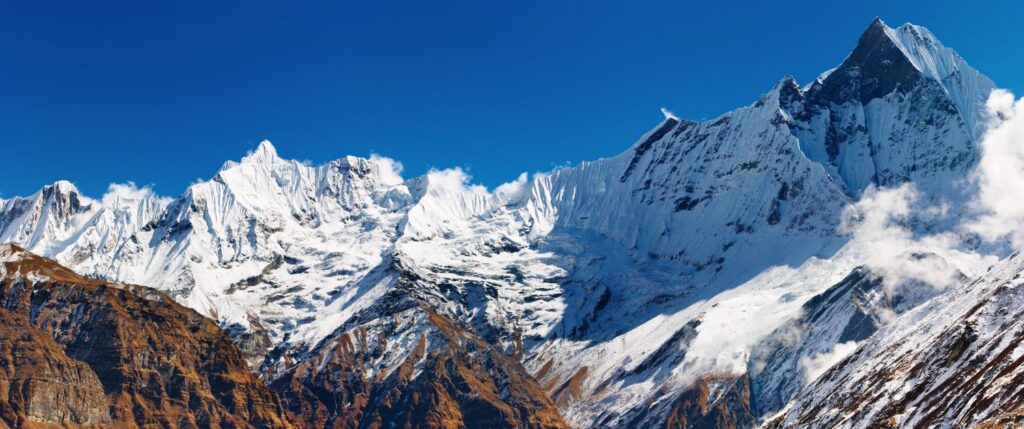
So here’s to the friends we’ve made, the trails we’ve conquered, and the stories we’ll tell for years to come. Until next time, keep trekking, keep exploring, and keep embracing the beauty of the great outdoors with Adventure Pulse by your side.
Cheers to epic adventures and unforgettable memories – see you on the trail!
Follow us on Social Media – LinkedIn | TripAdvisor | Instagram

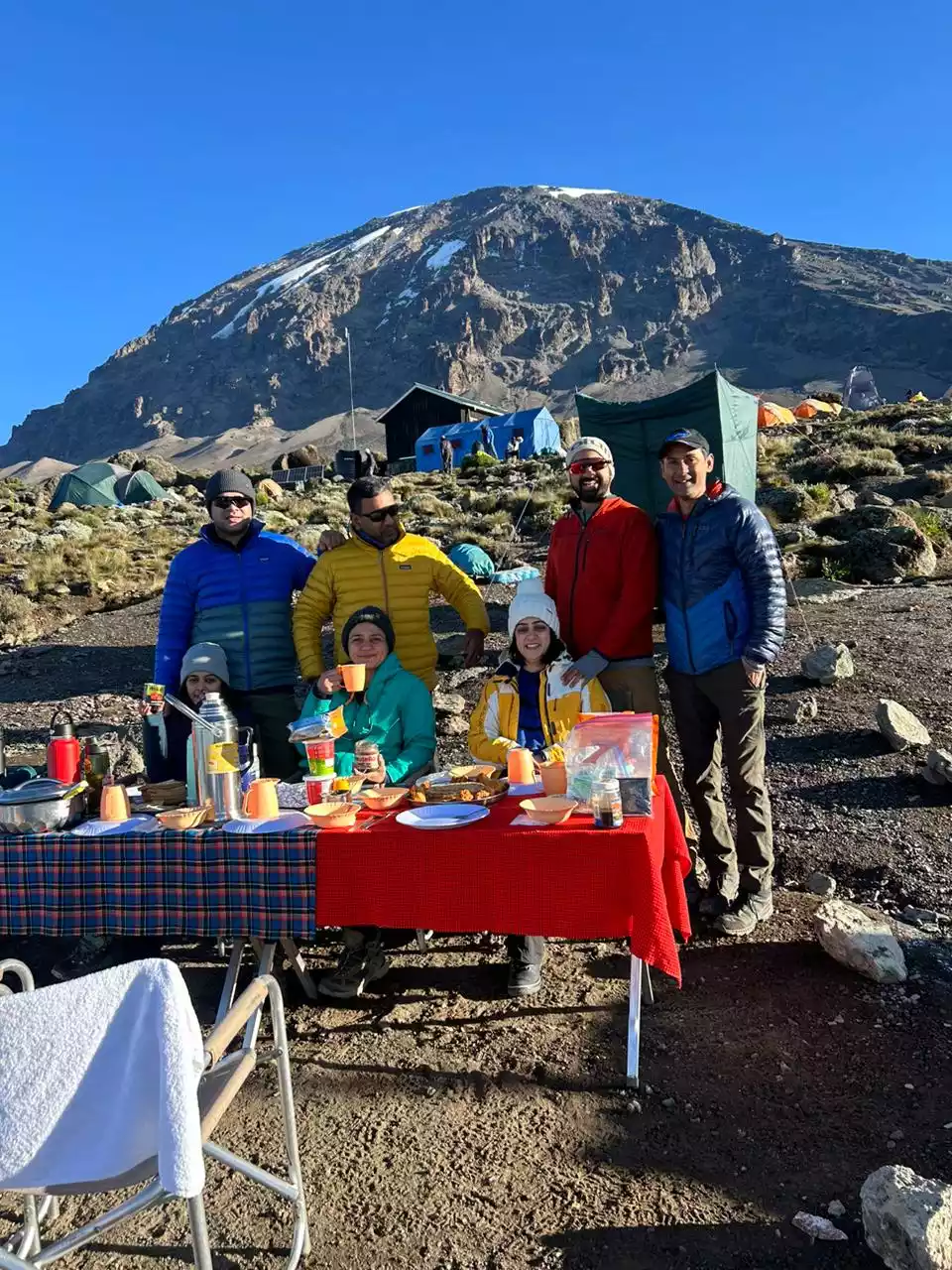
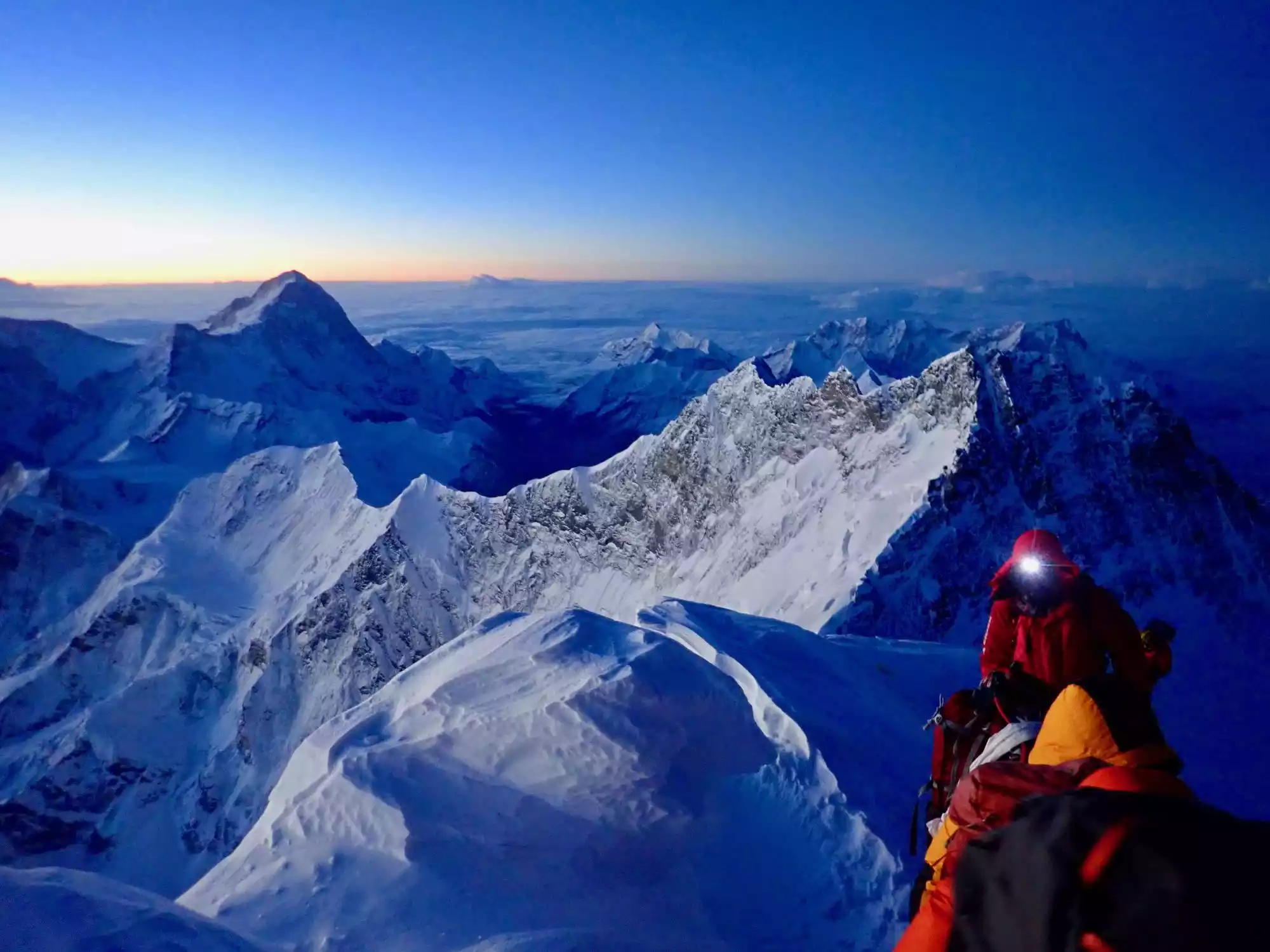
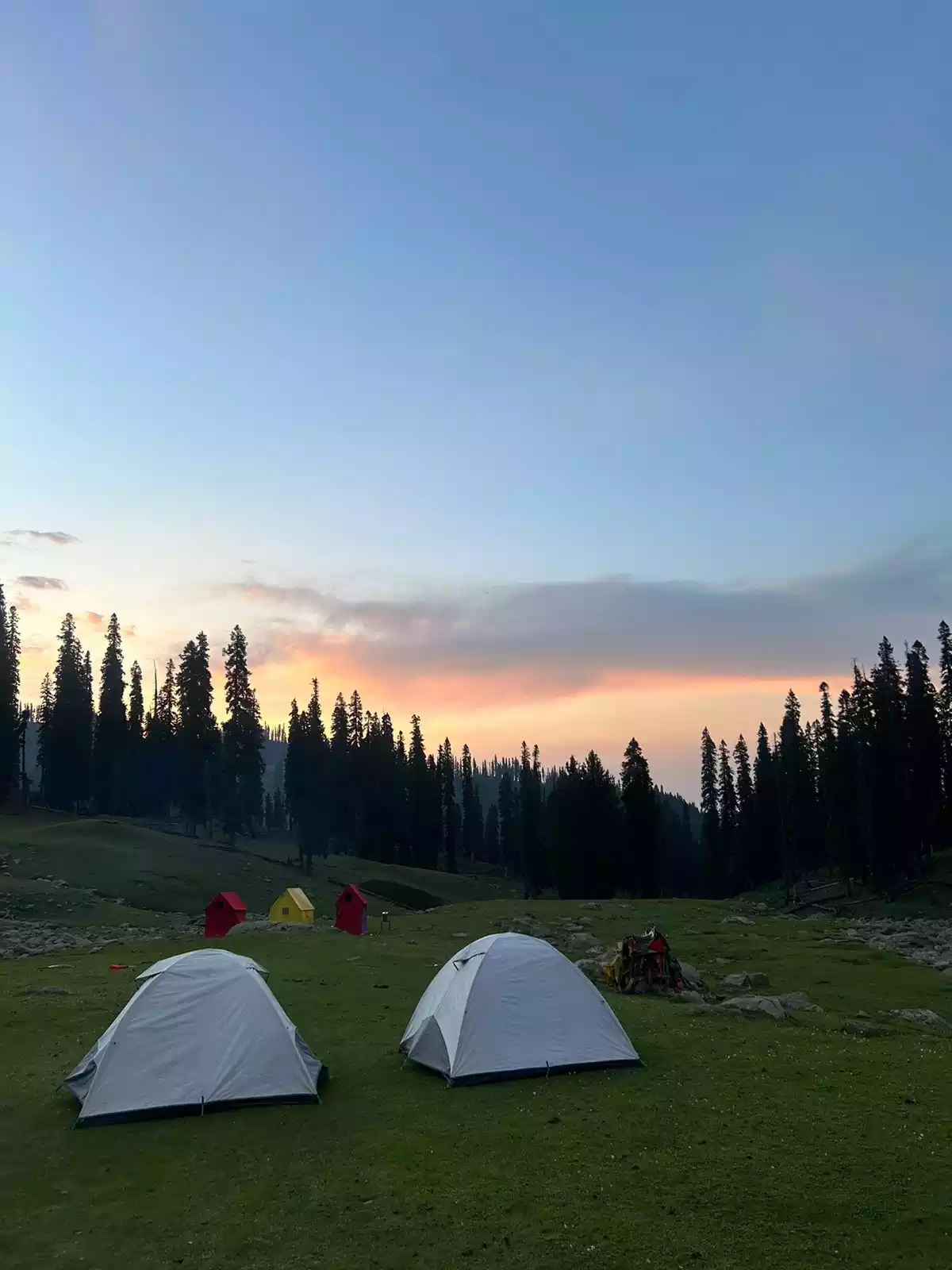

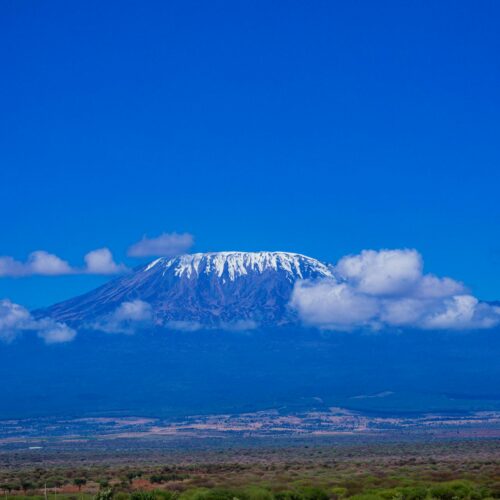


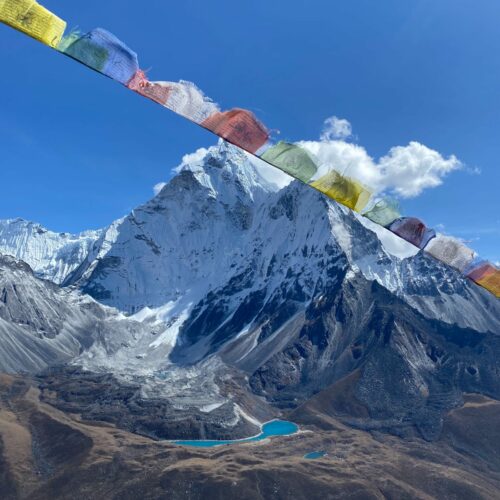



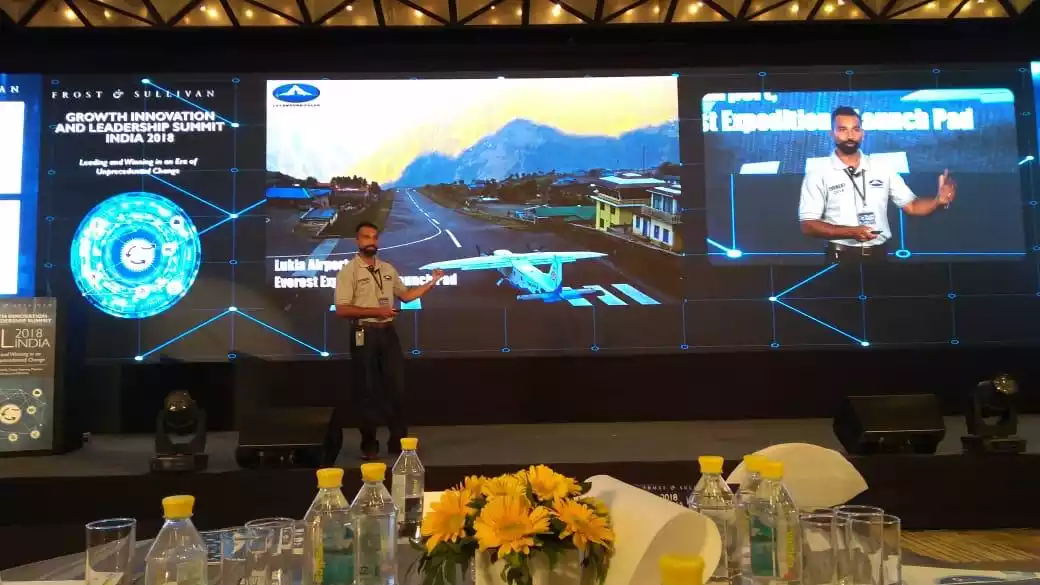
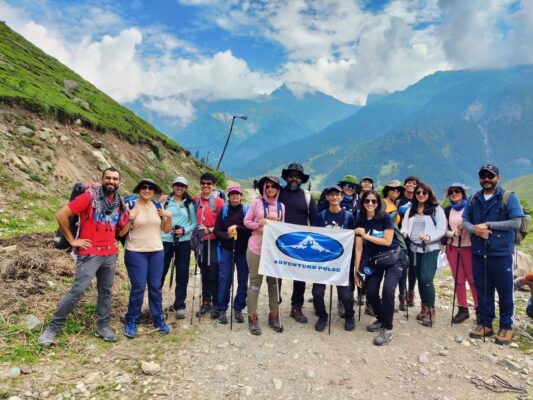
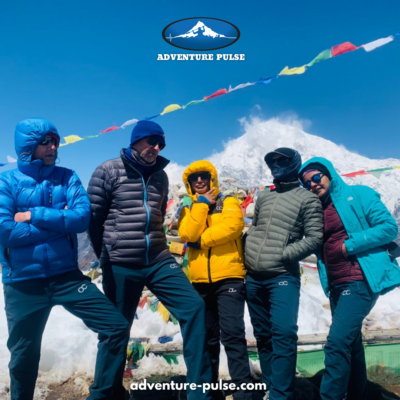
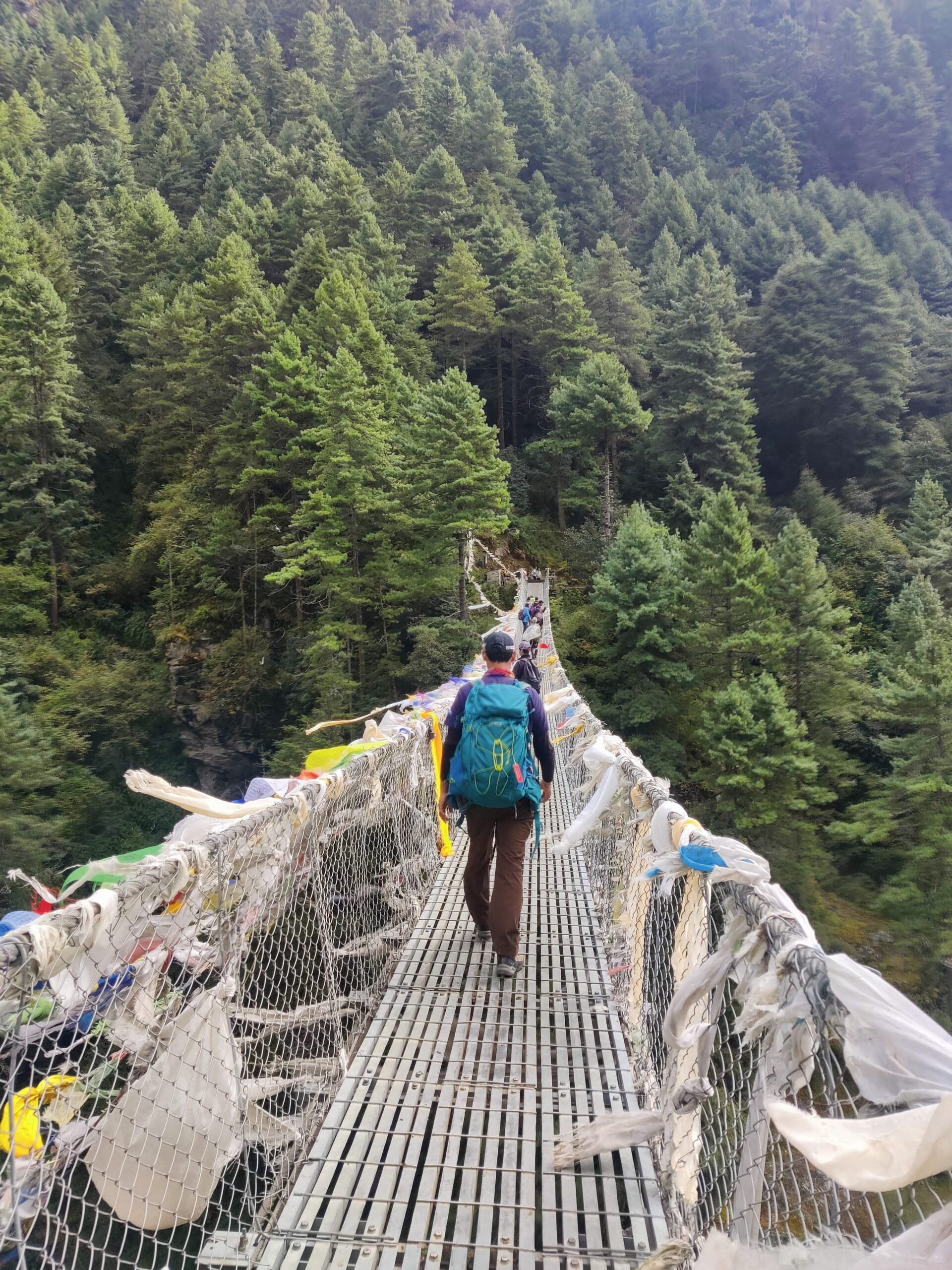
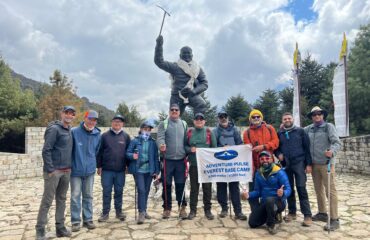
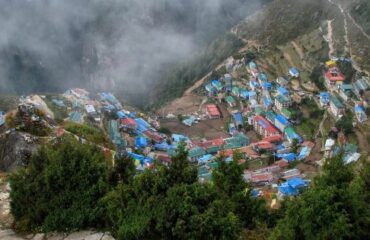
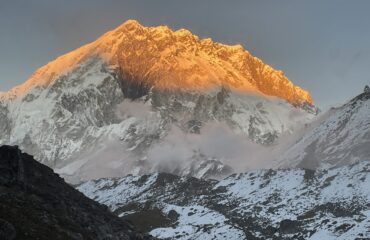
Thank you for providing such comprehensive information about the Annapurna Base Camp trek. Your detailed guide is invaluable for anyone planning this adventure, offering insights and tips that enhance the experience. I appreciate the effort put into making this trek accessible to all levels of hikers.